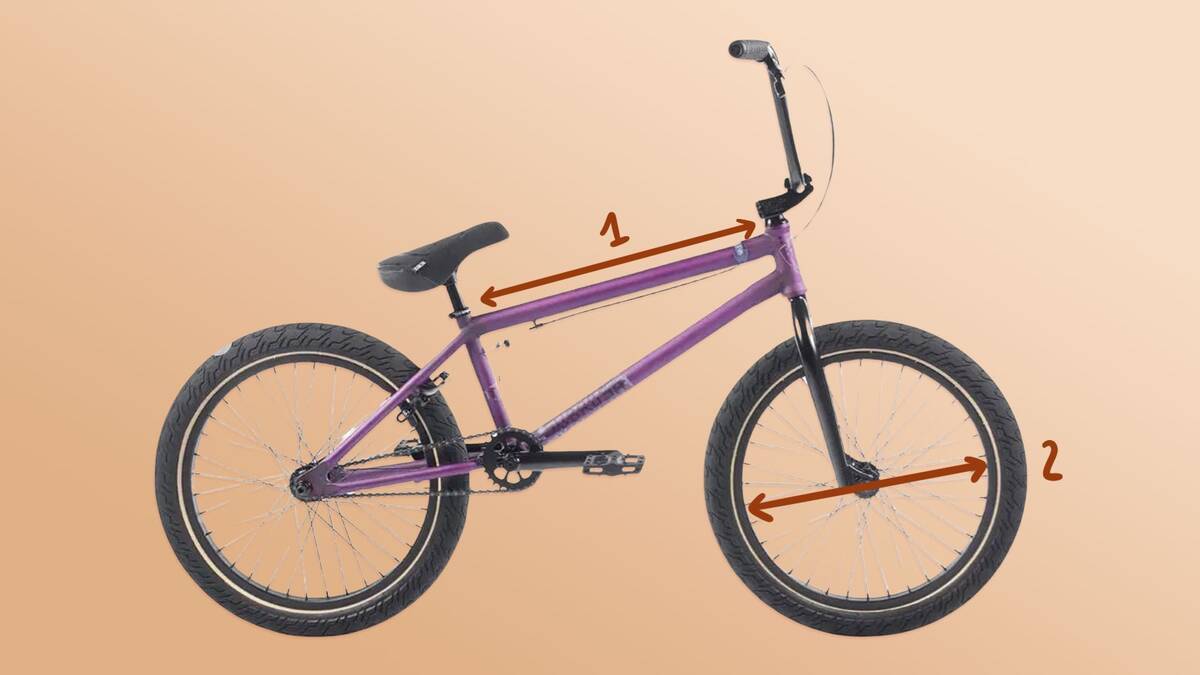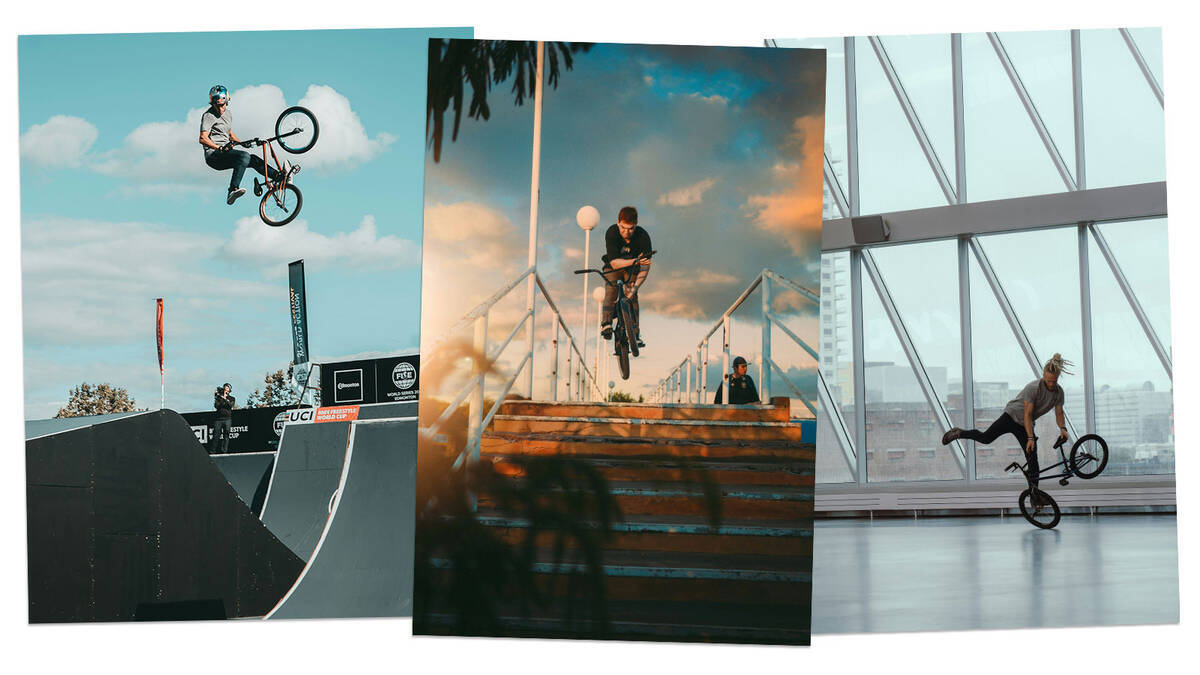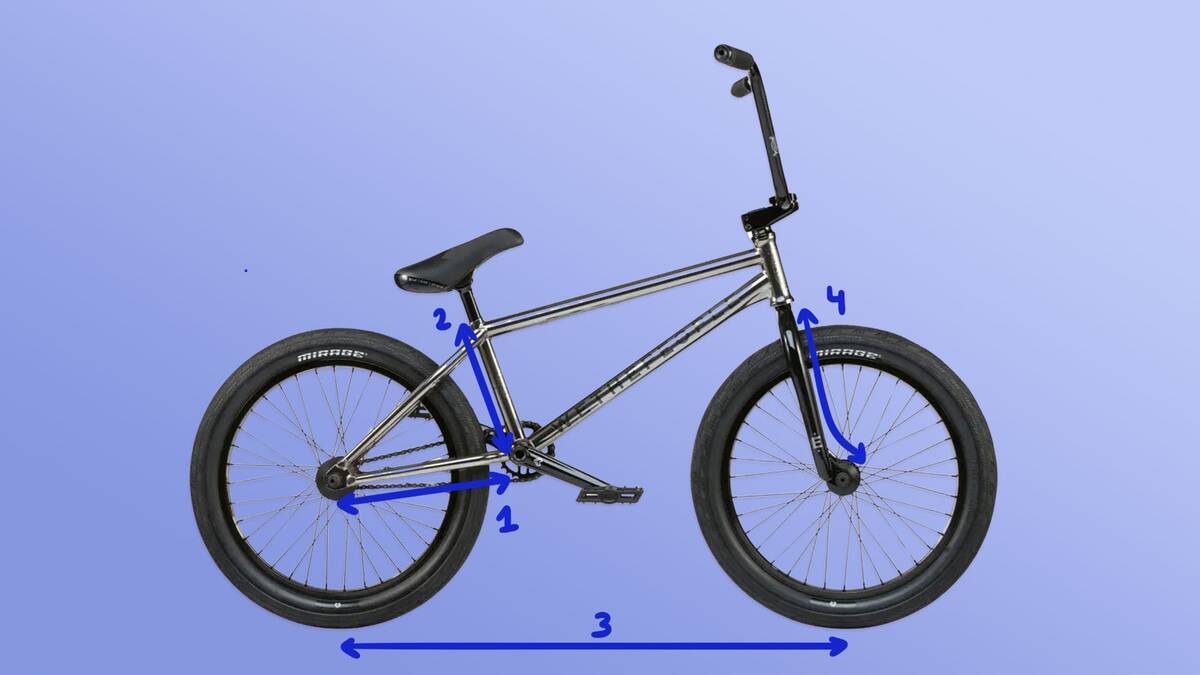Guide for Buying Complete BMX Bikes
When selecting a complete BMX bike, it's important to carefully evaluate various factors to ensure the bike aligns with the rider’s demands and tastes. Here is our detailed guide on buying complete freestyle BMX bikes.
Locating a complete BMX bike that matches your preferences need not be challenging. By consulting individual product details and adhering to the size charts supplied for each bike in our catalogue, you can make an informed decision. Below, you’ll find more detailed information to assist in making your choice.
Overview
Are Complete BMX Bikes a Good Investment?

For beginners, we advise purchasing a complete bike rather than assembling one from ground zero. A decent complete bike will enhance your investment, and components can always be upgraded later.
Experienced riders with particular tastes should consider exploring our collection of high-end complete BMX bikes. If a bike’s specifications meet your needs, you’ll get superb value for your money.
In conclusion: if chosen wisely, complete BMX bikes are certainly a good investment.
We offer a range of high-quality complete freestyle BMX bikes, from budget-friendly options for novices to pro-level bikes constructed with premium aftermarket components. Explore our selection:
BMX Bike Size – Which BMX Bike Size is Right for Me?

1. Top tube length 2. Wheel diameter
Selecting the correct BMX size involves finding a suitable match for your height, riding style, and preferences.
The typical wheel diameter for freestyle BMX across all levels is 20 inches, even for bikes intended for adults. However, freestyle bikes can also be found with 22 and 24-inch wheels.
These small wheels enable agility and ease for performing tricks on freestyle BMX bikes. Youngsters or smaller individuals keen on trick-oriented freestyle riding will require a bike with smaller wheels. Kids' BMX bikes can feature wheel sizes ranging from 12 to 18 inches, depending on their age and stature.
For taller riders or those seeking a bike for cruising while occasionally executing tricks, a 22 or 24-inch freestyle BMX could be a suitable choice. However, such bikes might lack agility and enjoyment in performing technical tricks in parks or on streets due to their larger wheels.
An additional critical element in BMX sizing is the length of the top tube, generally ranging between 19.5 to 21 inches for freestyle BMX bikes. Taller individuals may find longer top tubes more comfortable.
Refer to the BMX size chart below for general guidelines on choosing the appropriate size BMX:
| Rider Age | Rider Height (cm & inches) | Wheel Size (inches) | Top Tube Length (inches) |
| 3-5 years |
95 - 112 cm / 37 - 44" |
12” | 12” |
| 5-7 years |
112 - 126 cm / 44 - 49" |
14” |
13” |
| 7-9 years |
126 - 138 cm / 49 - 54" |
16” | 15” |
| 9-11 years |
138 - 149 cm / 54 - 58" |
18” | 17” |
| 10-12 years |
145 - 160 cm / 57 - 63" |
20” | 19.5 - 20.25" |
| 11-13 years |
150 - 168 cm / 59 - 66" |
20” | 20 - 20.5" |
| 13-15 years |
160 - 175 cm / 63 - 69" |
20” | 20.25 - 20.75" |
| 15-17 years |
175 - 183 cm / 69 - 73" |
20” | 20.75 - 21" |
| over 183 cm / 73" tall |
183 cm + / 73” + |
20” | 21" + |
Note: While the chart offers general guidance, BMX size selection often depends heavily on the riding style. For instance, an adult exclusively focused on flatland BMX might opt for a top tube shorter by nearly two inches than the recommendations given.
Freestyle BMX Riding Styles – Which Freestyle BMX Should I Pick?

Freestyle BMX encompasses genres such as park, street, and flatland BMX. This section examines specific bike features that align with various riding styles. It is advisable to think about your preferred riding style when deciding on a complete BMX.
Beginners should opt for a multi-purpose BMX, which will assist in developing essential skills and allow discovering personal preferences over time.
BMX Street Bikes
Street BMX riding is a technical field focused on grinding rails, ledges, stair jumping, and performing tricks in urban locations. Like numerous street sports, street BMX involves creatively interacting with the city's structures for entertainment.
- Shorter Chainstay/Wheelbase: Shorter chainstays are often found on street BMX bikes to enhance manoeuvrability and responsiveness.
- Taller Seat Tube: Small increases in seat tube height help street riders tuck the seat between their legs during tricks.
If the technical side of street BMX appeals to you, seek out a nimble, responsive, and manoeuvrable configuration.
BMX Park Bikes
Park BMX is carried out in skateparks where freestyle tricks can be executed on purpose-built structures. Skateparks allow riders to practice air tricks and use areas mimicking street features. Park BMX offers versatility, permitting the mixing of different riding styles.
- Longer Chainstay/Wheelbase: A longer chainstay helps ensure stability on larger ramps or at high speeds. Consequently, park riders often select this option, resulting in a greater wheelbase.
- Lower Frame: Lower seat tubes facilitate better leg positioning during air tricks and tail whips.
If park riding and executing airborne tricks and transitions are what you enjoy, a steadier setup with an extended wheelbase and reduced standover height will be preferable.
Flatland BMX Bikes
Flatland BMX is undertaken on a flat area, like a parking lot or city square. Optimal flatland BMX bikes feature geometries that encourage spins and tricks at slower speeds. It should be lightweight, easily balanced, and highly responsive.
- Smaller and Lower Frames: Smaller frames promote agility and ease of handling. Shorter top tubes and chainstays offer a swift and nimble setup. Furthermore, a reduced seat tube height minimizes interference during tricks.
- Pegs on All Wheels: Typically, flatland bikes have pegs on all four wheels, providing unlimited trick possibilities.
- Zero-Offset Fork: Provides direct pressure transfer from the handlebars to the front wheel, aiding balance.
- Gyro Brakes: These brakes prevent the cables from tangling during rotating tricks.

1. Chainstay 2. Seat Tube 3. Wheelbase 4. Wheel Offset
If flatland is your primary interest, ensure these aspects are present. If you ride mainly street but wish to incorporate flatland elements, consider aspects such as smaller offset forks or adding extra pegs.
Which Features Should I Consider When Buying a Complete BMX?

Opting for a complete BMX bike with parts that can be upgraded using high-quality aftermarket components is often wise. Consider the following details:
- Bottom Bracket and Cranks: Bikes featuring American bottom brackets and single-piece cranks tend to be less robust and are usually on the lower quality scale. Contrarily, choosing a bike with MID bottom brackets allows for more solid crankset upgrades.
- Integrated vs. Non-Integrated Headsets: Integrated headsets, which include sealed bearing cartridges, surpass non-integrated headsets with open bearings in both durability and upgrade potential.
- Driver Hub vs. Single-Speed Freewheel Hub: Driver hubs offer greater durability and are generally easier to maintain than freewheel hubs. Most aftermarket freestyle sprockets are geared for optimal performance with 9T rear sprockets, so choosing a 9T driver hub provides more prospects for future upgrades.
These specifications are beneficial when evaluating bikes. A durable freestyle BMX is key for tricks, and being ready for future enhancements is prudent.
For bike upgrades and mounting guidance, refer to our assemblage guide:
